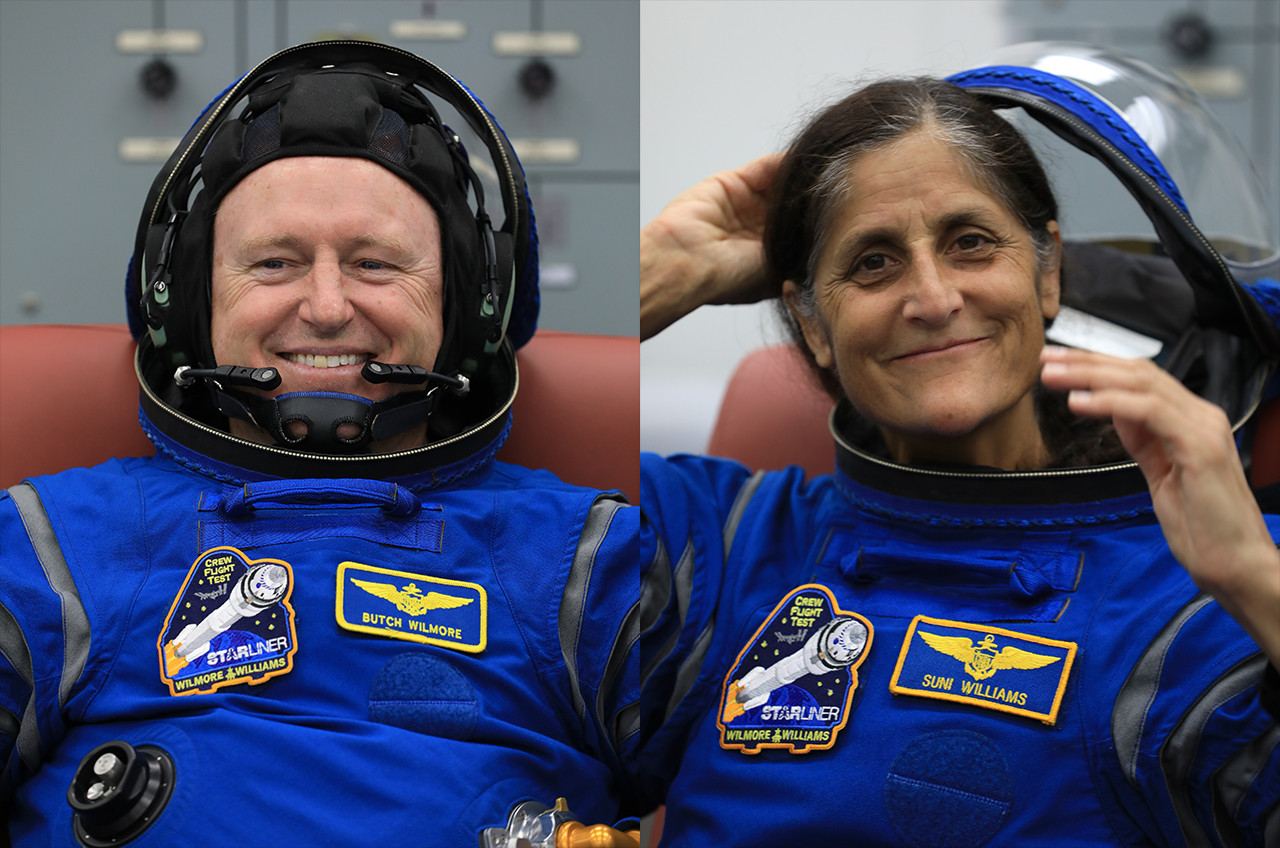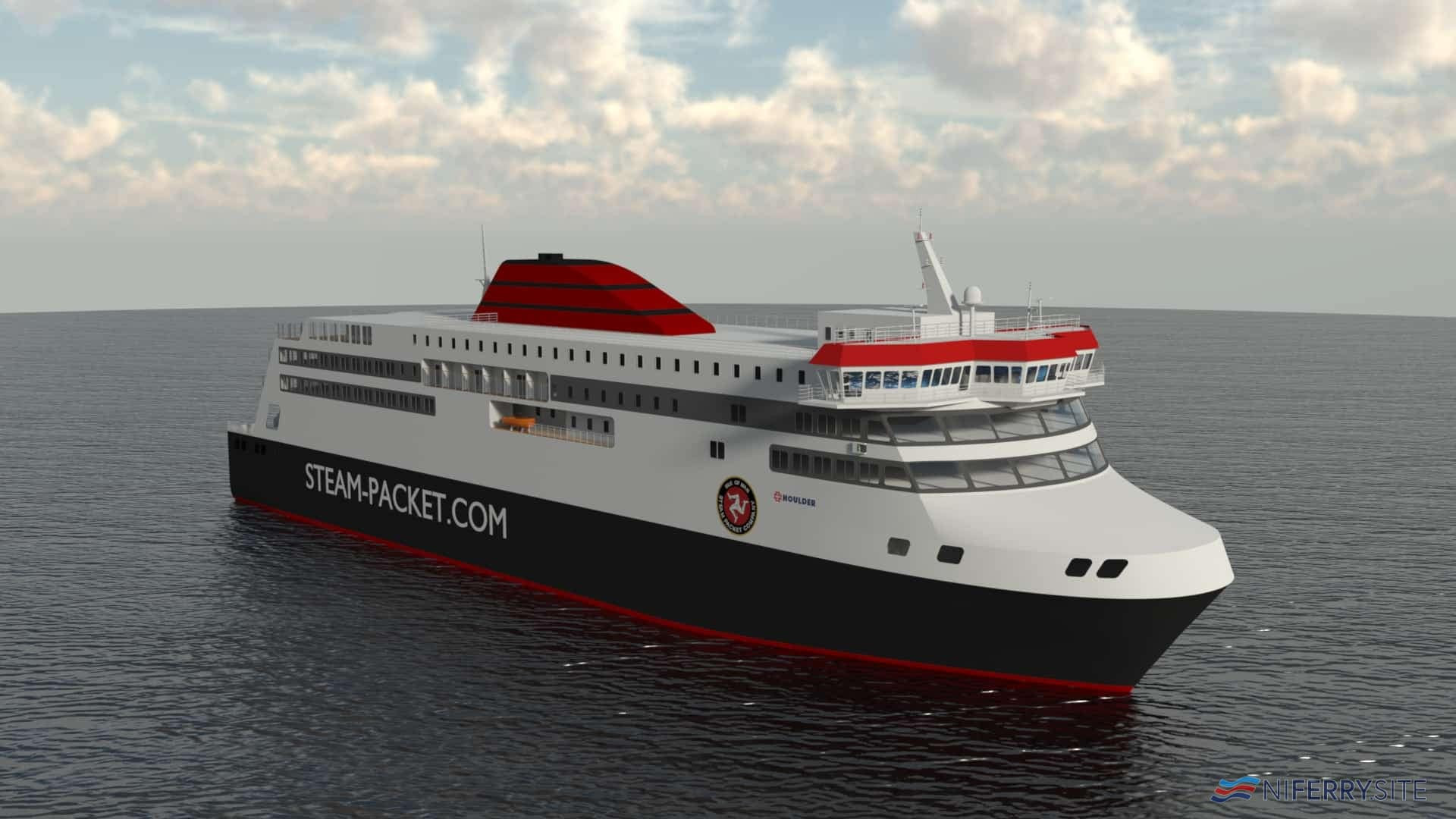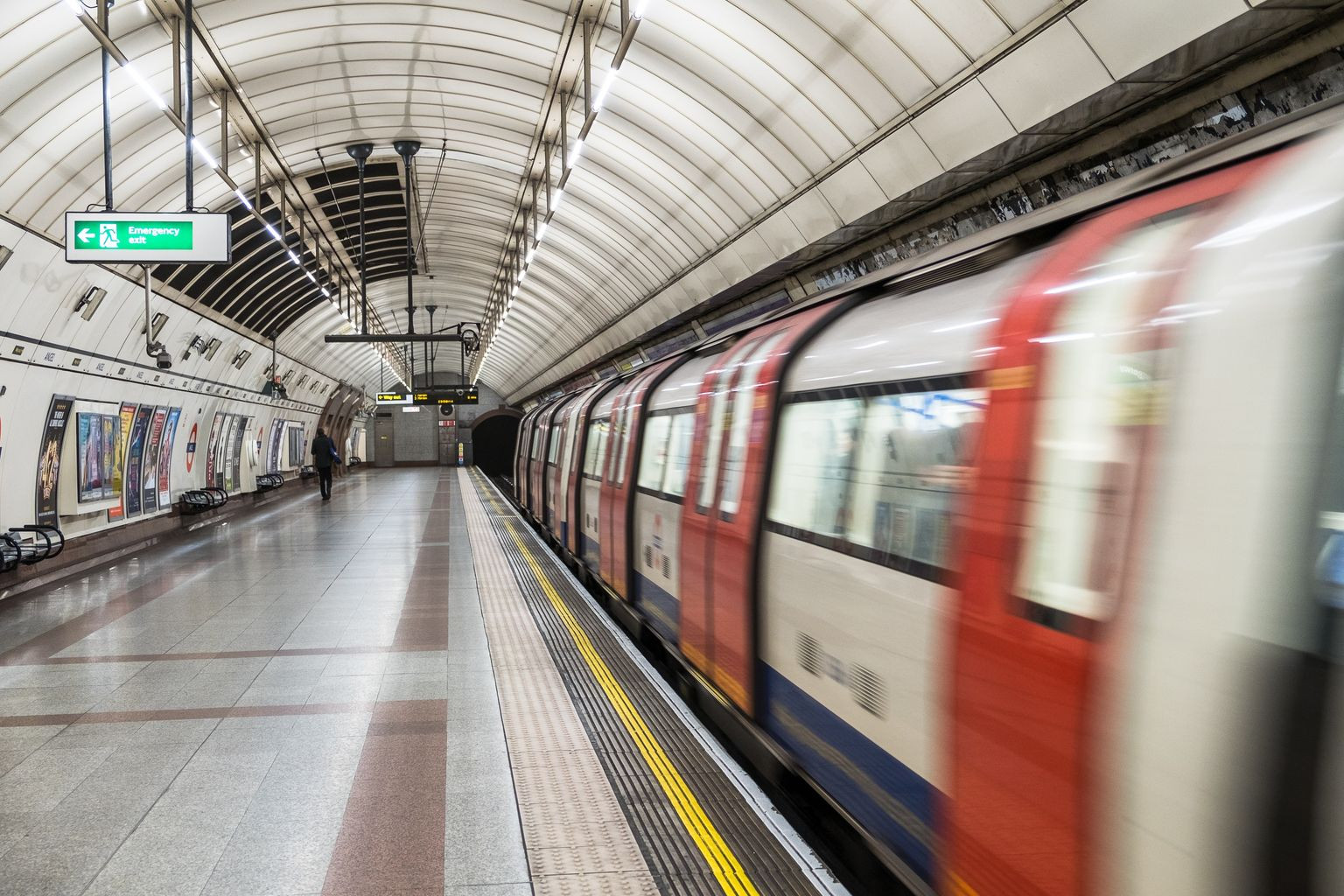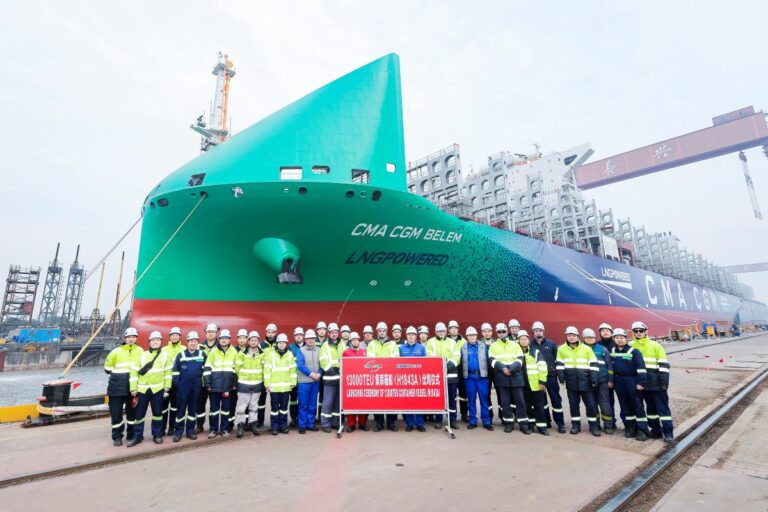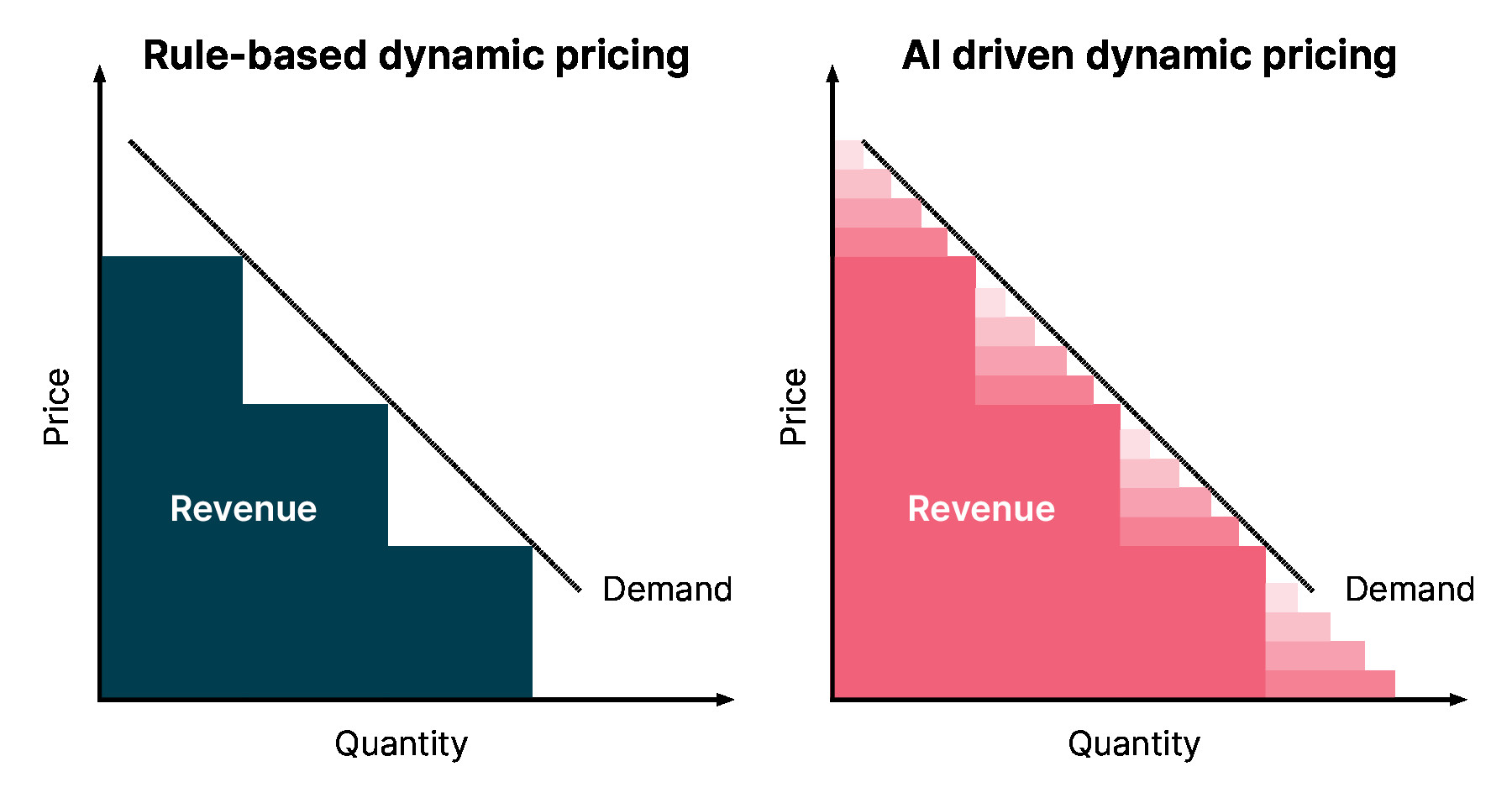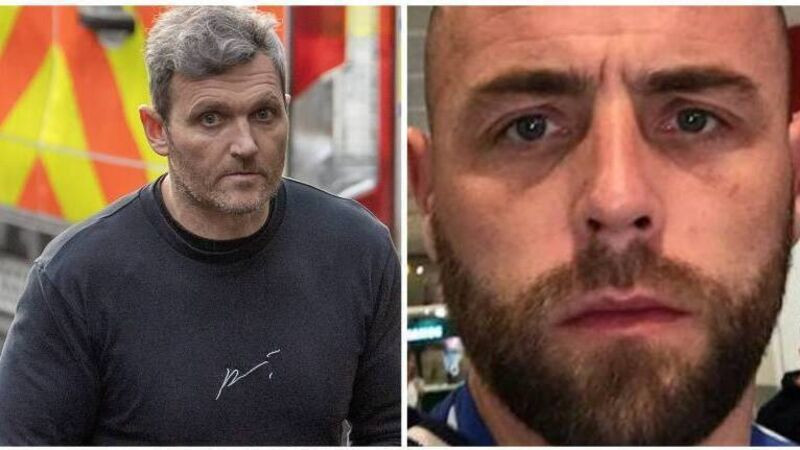After being stranded on the International Space Station since June, two astronaut castaways may still be months away from returning to Earth—in part because of incompatible space suits.
The two astronauts, Butch Wilmore and Suni Williams, have had to extend what was supposed to be an eight-day trip on the ISS, because of a helium leak and thruster malfunctions on their Boeing-made Starliner spacecraft. NASA and Boeing are testing to see if it’s safe for the astronauts to return on the Boeing Starliner, but are also considering alternatives given the possible risks.
NASA has yet to make a decision, but one of those alternatives includes sending the astronauts home on a Dragon spacecraft, manufactured by Elon Musk’s SpaceX, that is already docked at the station, a representative from the space agency said during a press conference last week, Ars Technica reported.
Yet, that approach comes with complications, as explained by Swapna Krishna, the journalist behind the space-themed YouTube channel Ad Astra. If NASA chose that option, Wilmore and Williams would be the fifth and sixth astronauts on a spacecraft that’s limited to four passengers. And because their Starliner suits aren’t compatible with the Dragon spacecraft, they would have to return to Earth without suits on, which isn’t inherently dangerous, but offers them less protection in case something goes wrong with the capsule.
The differing suit designs and plugs for the Starliner and Dragon spacecraft comes down to a new process for commercial crewed space missions that NASA has implemented. Previously, NASA was extremely involved in the manufacture and testing of spacecraft and space suits.
Yet since the 2010s when NASA developed the commercial crew program, it has given private companies more freedom in how they develop and manufacture equipment for the agency, including space suits, as long as it meets broad safety requirements. For instance, NASA didn’t specify that space suits for each commercial spacecraft need to be cross-compatible with one another. In fact, having two different suit designs for each spacecraft could also be beneficial, according to Krishna.
“If the suits used the same type of plug, and some sort of flaw was found within that plug or some other sort of standardized connector, it would ground both spacecraft,” she said in a Sunday video.
Another alternative is sending the astronauts home on a different Dragon spacecraft that’s set to reach the ISS in September. This ship could reach the space station with only two of its usual four crew members and could send up extra (Dragon-compatible) space suits, which would allow Wilmore and Williams to return to Earth fully suited in the two unfilled seats.
But if NASA chose this alternative, the Starliner ship that the astronauts originally flew in would have to undock and return to Earth autonomously to make room for the Dragon spacecraft arriving in September, and Boeing has said it might not be able to do that. Because of the way Boeing’s contract with NASA is structured, the company has had to absorb the extra costs associated with the technical failures of its Starliner. The company has already taken about $1.6 billion in charges on its Starliner program.
If the Starliner left the space station without a crew, the astronauts on the ISS would also have to install two extra seats on the remaining Dragon spacecraft until the next Dragon arrives, because the remaining docked ship must provide enough seats to accommodate all of the NASA astronauts in case of an emergency.
The marooned astronauts would need to take the place of the two astronauts pulled from the Dragon mission to accommodate them, which would keep them aboard the ISS until the regular rotation ends in February 2025. That would mean turning what was supposed to be just over a weeklong mission into eight months. Although both astronauts have completed longer missions on the ISS before, those were filled with less uncertainty. Wilmore’s wife told a CBS station in Knoxville that she is preparing for her husband to miss Christmas and the couple’s 30th wedding anniversary.
Starliner launched its first two astronauts into space in June as a crucial test before it can receive Nasa approval for routine flights. But what was supposed to be an eight-day mission docked to the ISS has been drawn out by months after the capsule sprang leaks and some of its thrusters failed.
The agency has prepared a backup plan to make two seats available on an upcoming SpaceX Crew Dragon mission that the Starliner crew – the veteran Nasa astronauts Suni Williams and Butch Wilmore – could use.
If that option is chosen, Wilmore and Williams would not come home until that mission’s conclusion in February 2025, and Starliner would be brought back to Earth empty in the meantime.
Boeing has struggled to develop Starliner and compete with SpaceX’s similar but more experienced Crew Dragon.
Boeing has taken $1.6bn in losses on the Starliner program, securities filings show. The US jet company has been reeling in recent years after crashes involving its 737 Max model and, on a newer version of that plane, a terrifying incident in January where a door panel blew out mid-flight, which is still being investigated.
Boeing is under pressure from upstart SpaceX, the company created by the tech entrepreneur Elon Musk, who also founded Tesla, the terrestrial electric vehicle maker, and now owns the social media platform, X, formerly Twitter.
NASA engineers met Friday to review test results and make recommendations on whether to bring two astronauts back to Earth aboard Boeing's Starliner ferry ship or keep them in orbit an additional six months and bring them home aboard a SpaceX Crew Dragon spacecraft.
NASA Administrator Bill Nelson and other senior agency managers planned to meet Saturday morning at the Johnson Space Center in Houston to review the data collected to date and to make a decision on how to proceed.
While nothing official has been said or leaked, insiders say the most likely scenario, given the risk-averse post-Columbia environment, is to keep Starliner commander Barry "Butch" Wilmore and pilot Sunita Williams aboard the station and to bring the Starliner down without a crew to close out a disappointing test flight.
Nelson has not yet said where he might stand on the issue.
At issue is the Starliner's ability to safety carry its crew back to Earth despite multiple helium leaks in the ship's propulsion system plumbing and initially degraded thrust in five maneuvering thrusters that cropped up the day after launch on June 5.
Boeing has argued the problems are understood in the wake of extensive tests and analysis. Company engineers are convinced the thrusters will work as required to keep the Starliner stable during departure from the International Space Station and during the critical engine firing needed to drop out of orbit for re-entry and landing.
But some NASA managers argue there's no way to prove Boeing's understanding is correct, sources say, and that the safer course of action is to bring the Starliner down by remote control without a crew, especially since Wilmore and Williams have an alternative -- SpaceX's Crew Dragon.
In that scenario, a Crew Dragon scheduled for launch Sept. 24 would take off with just two of its four crew members on board, freeing up two seats for used by Wilmore and Williams when the two "Crew 9" fliers return to Earth next February after a normal six-month tour of duty.
In that case, the Starliner crew's mission, originally expected to last a little more than a week, will stretch to 268 days -- nearly nine months.
If that option plays out, the Starliner could undock as early as Sept. 6, sources say, setting up an unpiloted re-entry and a landing at White Sands, New Mexico.




